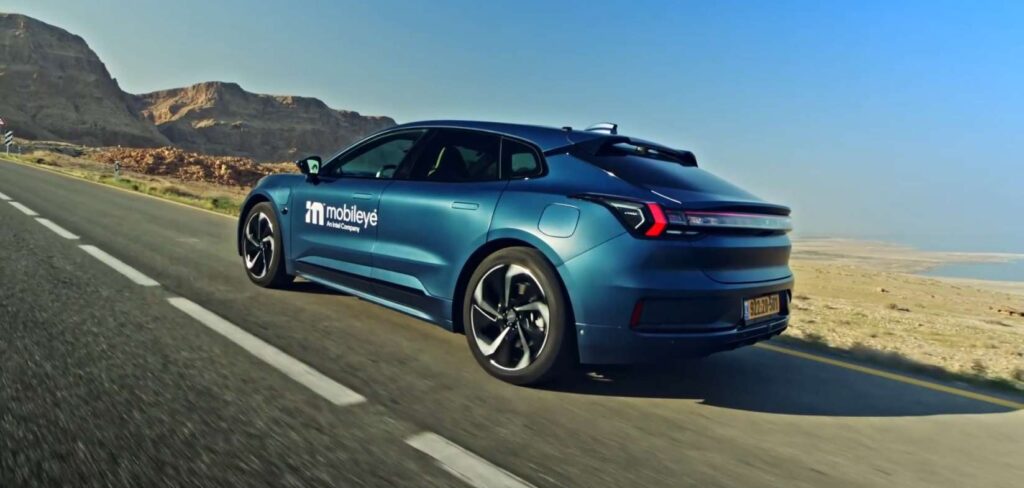An ongoing collaboration between Mobileye and Geely Holding Group will expand to advance the development of the duo’s advanced driver-assistance systems (ADAS) and autonomous vehicle technology.
The pair’s announcement comes after the launch of the Zeekr 001 electric vehicle (EV) which utilizes Mobileye’s SuperVision technology. There are currently over 40,000 of the vehicles on the road using the technology which will soon be updated over the air (OTA) to unlock the system’s full capabilities.
Building on the Zeekr brand, the Geely Holding Group seeks to launch three further EV brands that use Mobileye SuperVision technology, starting in 2023. OEM Zeekr also plans to introduce the SuperVision system on two new EV models, in addition to developing new lidar-based features with Mobileye.
“We have proudly worked with Zeekr, our strategic partner, on the first consumer deployment of SuperVision technology, demonstrating both its on-road capabilities and its ability to evolve through over-the-air updates,” said Prof. Amnon Shashua, president and chief executive officer, Mobileye. “This is only the beginning of potential applications for this technology, and with these new projects, we will demonstrate how SuperVision can be adapted to any brand’s specific needs.”
“Mobileye is an important strategic partner for Zeekr,” said An Conghui, president, Geely Holding Group, and CEO, Zeekr Intelligent Technology. “As the cooperation between Zeekr and Mobileye continues to deepen, Mobileye’s globally leading intelligent driving technologies will be used in more Zeekr models in the future. Zeekr is committed to openness and integrating future technologies in various fields to provide our users with better intelligent drive experiences.”
Despite Zeekr 001 customers and vehicles already using constantly upgrading surround vision-based, highway-assist capabilities, an OTA update which is expected before the end of 2022 will enable full SuperVision capabilities.
Mobileye’s SuperVision technology is powered by two 7nm EyeQ5 system-on-chips and uses 11 high-resolution cameras, consisting of seven long-range and four parking cameras, to provide full visual coverage around the vehicle. Point-to-point assisted driving is supported under a wide range of road types. The solution also enables vehicles to change lanes autonomously, navigate intersections and manage key driving priorities. Automated parking and preventive steering and braking can also be conducted.


